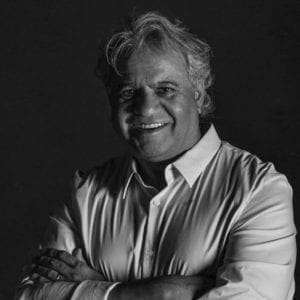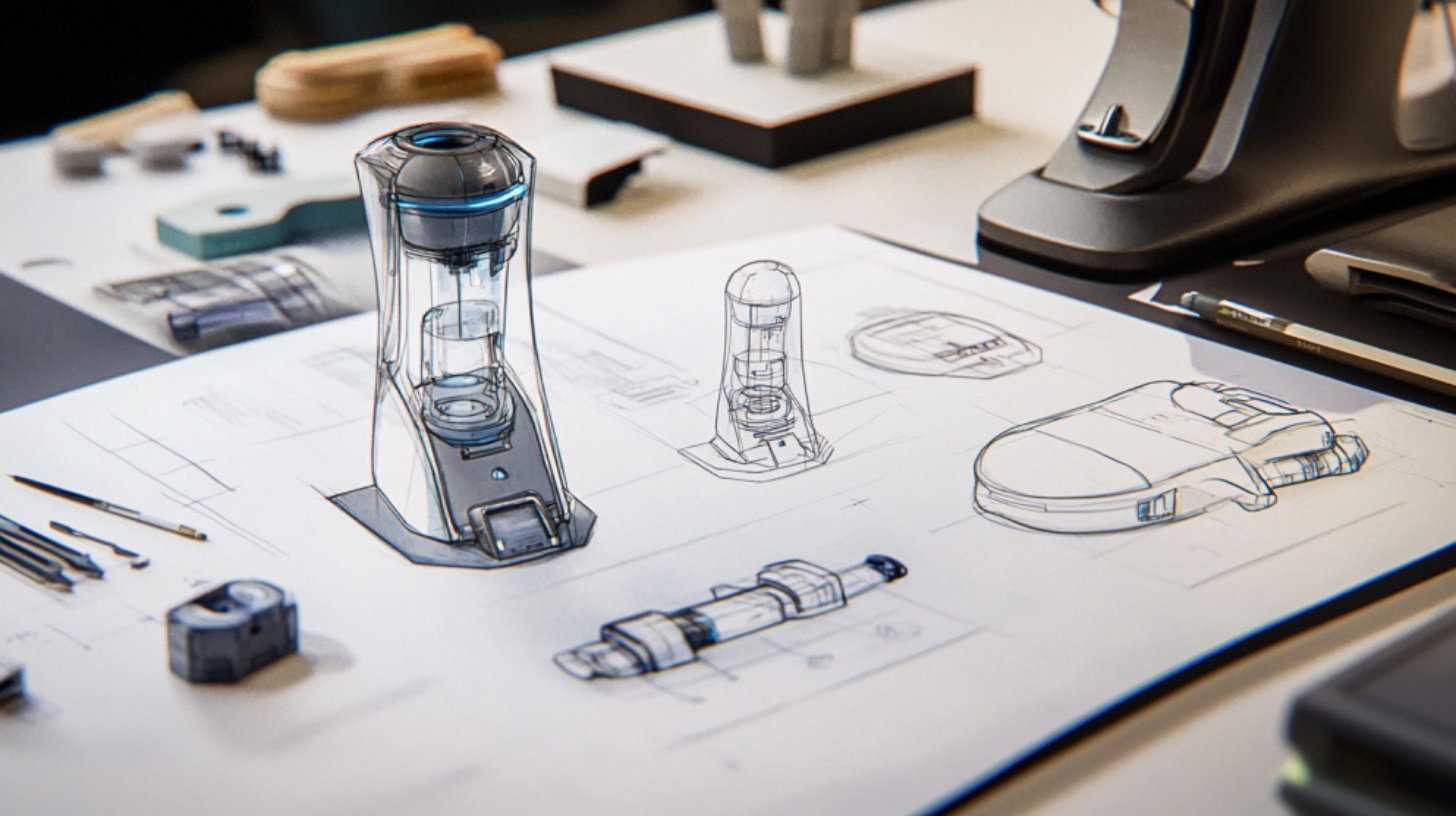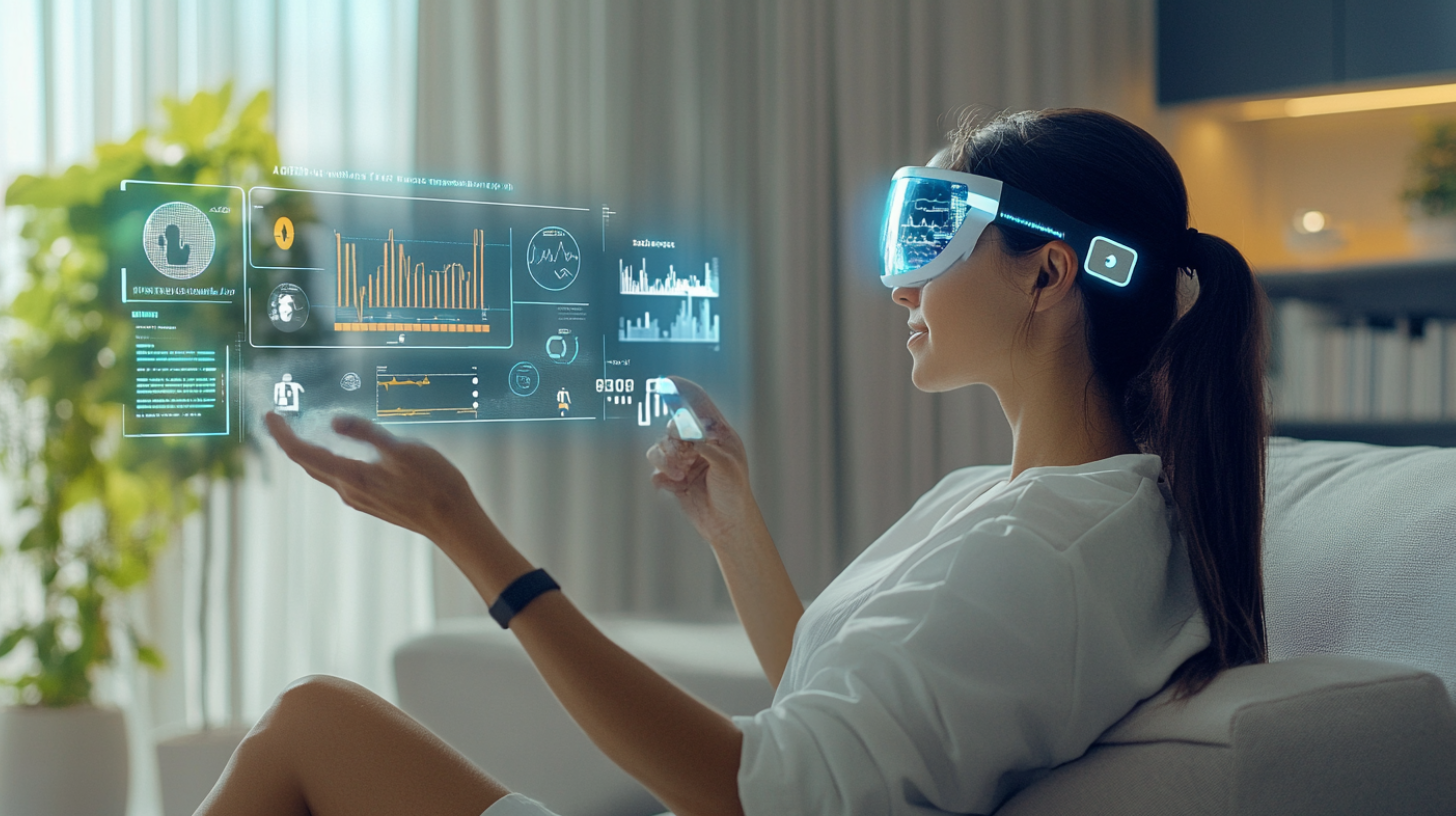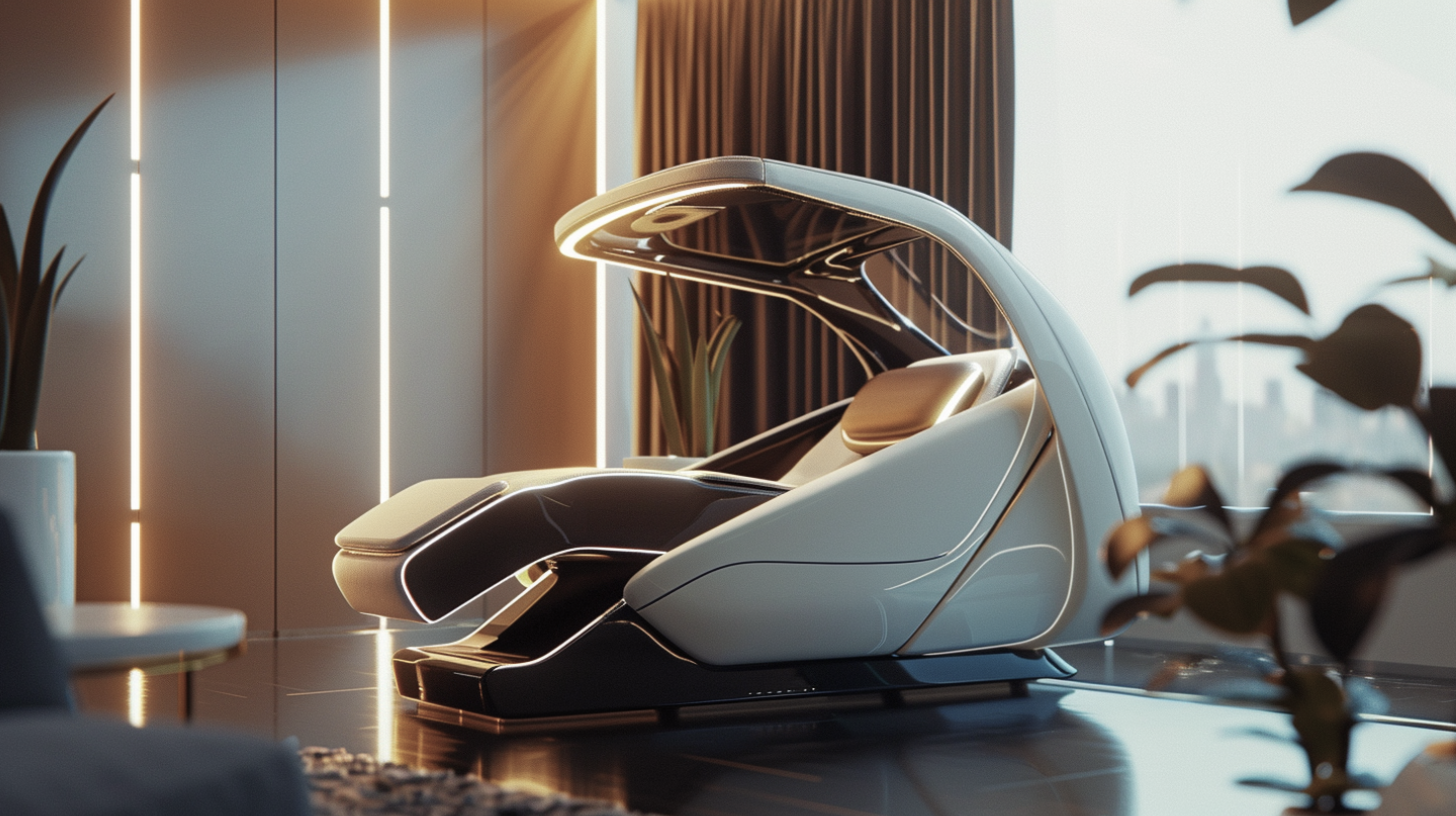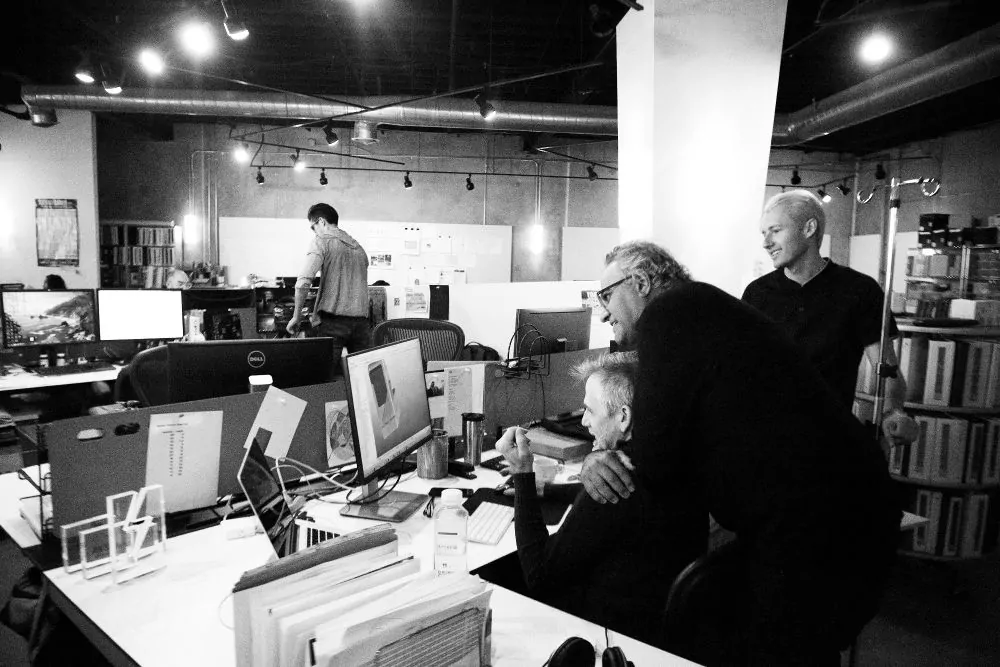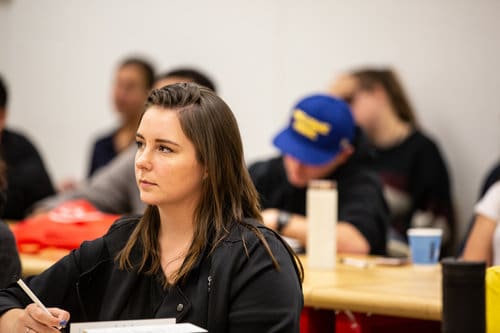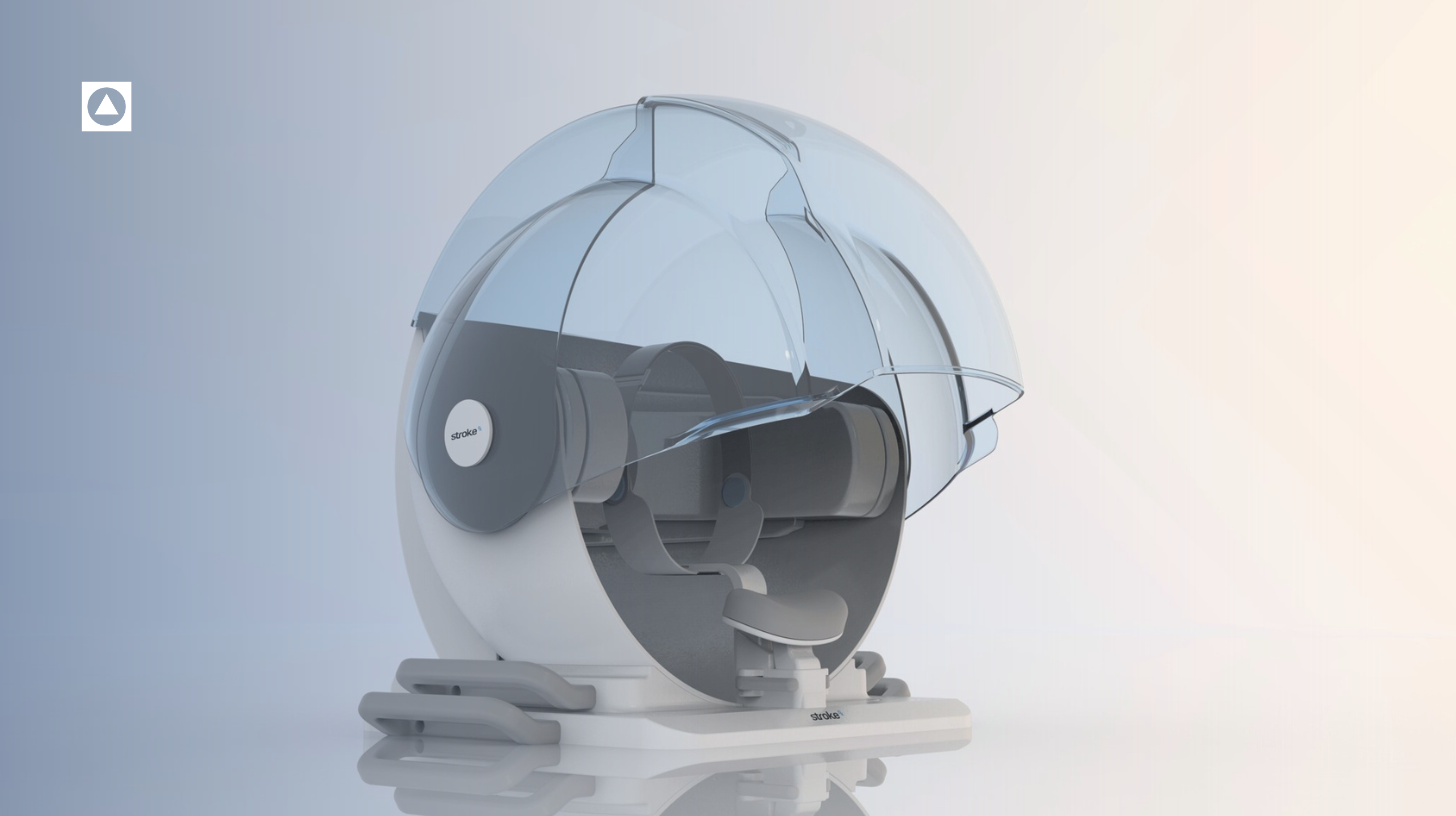Last week, our design research and strategist, Meghan spoke at Rochester Institute of Technology (RIT)’s Thought At Work Conference. This conference is organized by students and strives to function as a tool for young designers to advance their careers and thrive by bringing together 400 attendees with various design backgrounds.
Meghan spoke about Designing for the Senses. With millennials being known as the nostalgic generation and Gen Z being known as a technology focused generation it is important to remember the power of the human senses. Our sense of smell and hearing are most closely related to our brain’s memory maker. New experiences, products and businesses are focusing on technology, but how do we design a product or service that people will remember and savor – through the use of different senses. She spoke along side of professionals from NASA, Facebook, Ford, and many others.
“It was an incredible experience. The entire conference was created, organized, and hosted by the students at RIT. I was blown away by the professionalism and details these students pulled off. The attendees were students and professionals from around the world in varying backgrounds and they were all eager to learn. It was an honor to open their minds to designing services and products for senses in a world that is so technology focused. Something I am very passionate about. Listening to freelancers, corporate and consultancy leaders, my main take away from this conference is to just be a good person. The world is a small place and it is so easy to be a nice person. We need more support in the design community and less competition.” – Meghan Preiss
